The jet age is over – here comes supersonic, hyper-mach travel
Who'll be first with a Concorde for the 21st century?
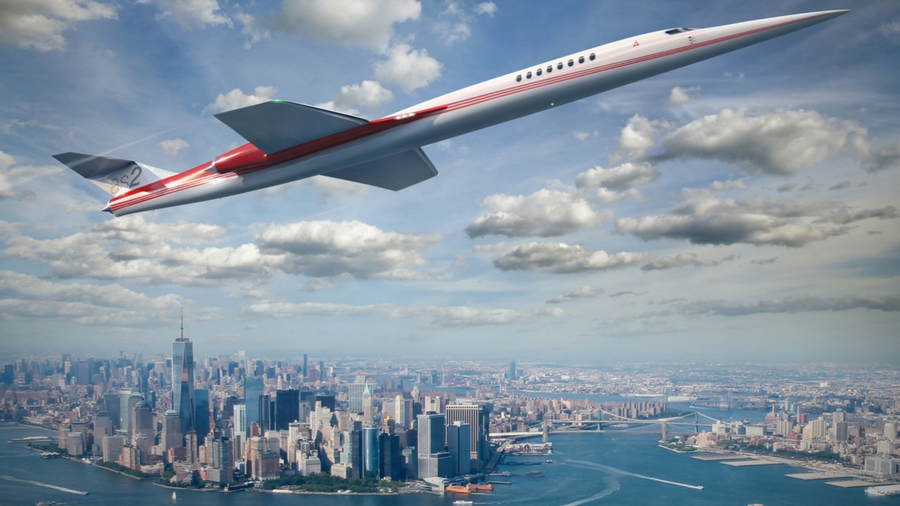
Stuck in the sixties
Who wants to fly for 19 hours? In March 2018, Singapore Airlines will begin a 19-hour direct service from Singapore to New York aboard a new ‘ultra long-range’ Airbus A350-900ULR. Meanwhile. Qantas has challenged the aviation industry to develop by 2022 aircraft that can fly for three or four hours longer, therefore making it possible to fly non-stop from Sydney to London.
That's technically impressive, perhaps – but what about making journeys shorter, not longer?
Commercial aviation has lacked an aircraft capable of exceeding the speed of sound since the 2003 retirement of Concorde, which first flew in 1969 and could travel at twice the speed of sound. Concorde was the pinnacle of aviation achievement, able to fly from New York to London in under three hours, but it firmly belonged to the 20th century. Now it’s time for 21st century technology to take over.
Several supersonic planes are now on the drawing board that will fly faster than the speed of sound. “Sixty years after the dawn of the jet age, we’re still flying at 1960s speeds,” says Blake Scholl, chief executive officer and founder of Boom, one of the companies planning a supersonic plane. “Concorde’s designers didn’t have the technology for affordable supersonic travel, but now we do.”
Seventy years after Chuck Yeager broke the sound barrier in the Bell X-1, the hyper-mach era could be close.
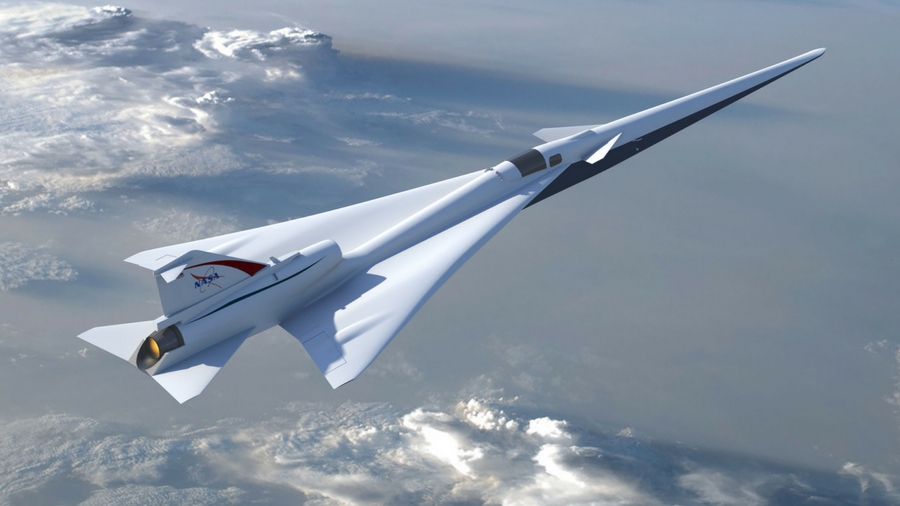
NASA’s QueSST X-plane
Ever wondered why Concorde only flew across the Atlantic, between New York, Washington and Barbados to London and Paris? The downside to supersonic speed is sonic booms. Caused by turbulent air flow along the span of the wing, low-altitude planes travelling at supersonic speeds are a major headache for anyone living under a flight path.
Cue a collaboration between NASA and Lockheed Martin’s Skunk Works, responsible for groundbreaking aircraft ranging from the U-2 and SR-71 Blackbird spy planes to the F-117 Stealth fighter. Their latest X-plane is the Low-Boom Flight Demonstration experimental airplane (LBFD). Part of its Quiet SuperSonic Technology Preliminary Design (QueSST) project, it successfully tested the LBFD’s SonicBAT software in May 2017, reducing the sonic boom to a ‘thump’ or 'sonic heartbeat'.
It’s seen as key research in the development of future quiet supersonic aircraft, and it’s set to begin test flights in 2021.
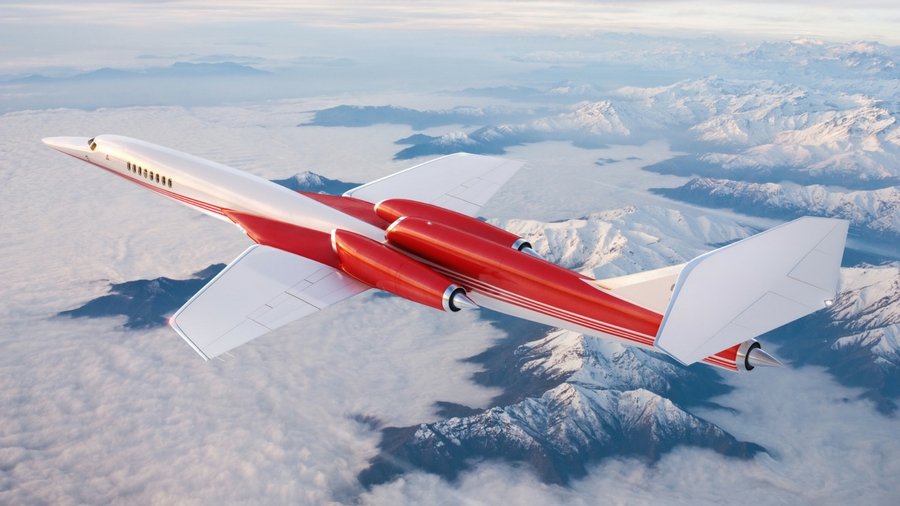
Aerion AS2
Another way to maximize speed and minimize sonic booms is to fly supersonic over oceans and subsonic over land. That’s what the Aerion AS2 business jet is designed to do, reaching Mach 1.5 – about 1,000 mph – but also cruising at Mach 0.95 – faster than any jet today – without producing a sonic boom. Designed to get business execs between major cities super-fast, the 12-passenger AS2 has a range of 4,800 nautical miles.
So far Aerion has conducted wind tunnel tests and ordered 20 AS2 aircraft to be manufactured by Flexjet, and says it expects the first flight in 2023. How likely is it to get airborne? The Aerion concept has been around for 15 years, but the company recently partnered with GE Aviation to design a supersonic engine that could enable the AS2’s ‘boomless cruise’.
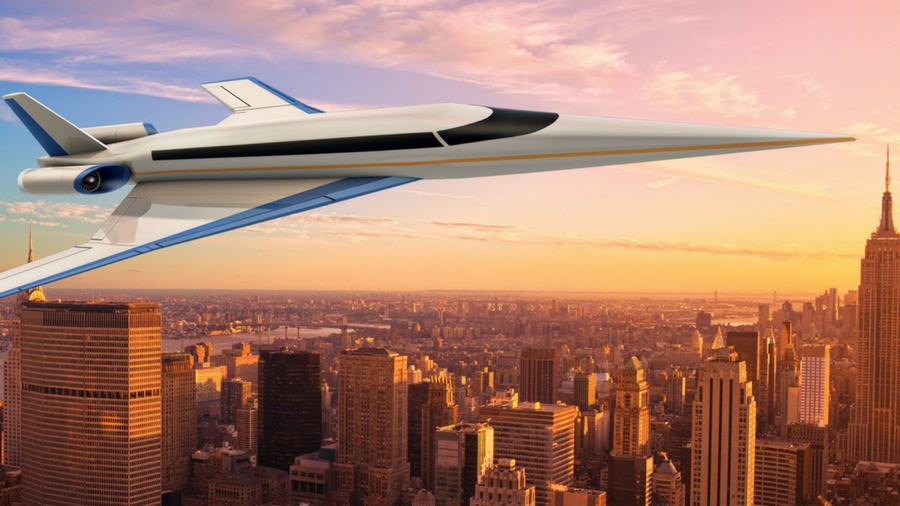
Spike Aerospace's S-512 Quiet Supersonic Jet
It's perhaps not surprising that most of the innovation in supersonic technology appears to be in the field of business jets. Another example is the 18-passenger S-512 Quiet Supersonic Jet from Spike Aerospace, which could be flying by 2021. With a cruise speed of Mach 1.6 and a range of 6,200 miles, the stated aim of the S-512 is to cut journey times by 50%.
So far Spike Aerospace has conducted seven test flights of its SX-1.2 demonstrator plane, an unmanned – and slower – version of the S-512, with more planned.
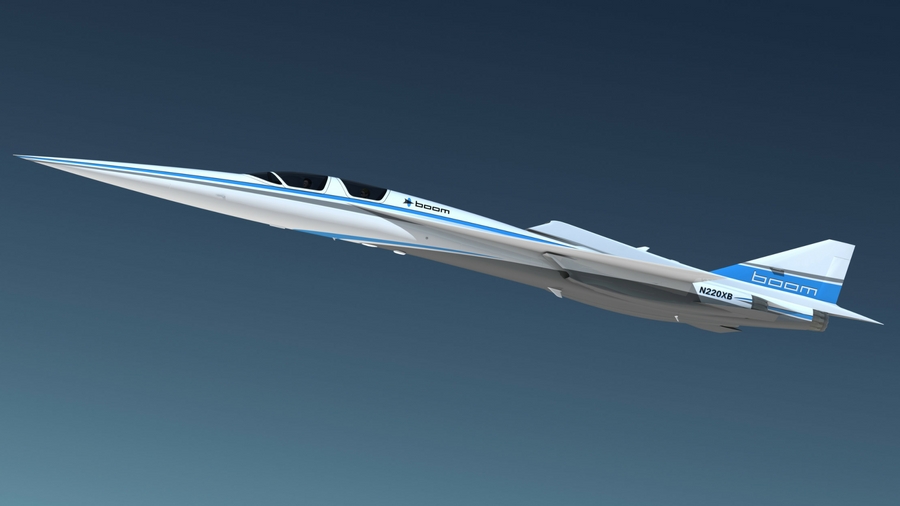
Boom Technology’s ‘Baby Boom’
New York to London in three hours is the promise of Boom Technology, which in late 2016 unveiled its XB-1 Supersonic Demonstrator plane, nicknamed ‘Baby Boom’. With financial support from Virgin Galactic’s manufacturing arm The SpaceShip Company, engine-maker General Electric and avionics company Honeywell, Boom Technology’s XB-1 will be the fastest civil aircraft ever made.
Cruising at Mach 2.2 (1,451mph), Boom jets will be 10% faster than Concorde and 2.6 times faster than regular airliners, but again this is business class only; the Baby Boom takes just 45 standard passengers, with only one seat on each side of the plane, each with a large window.
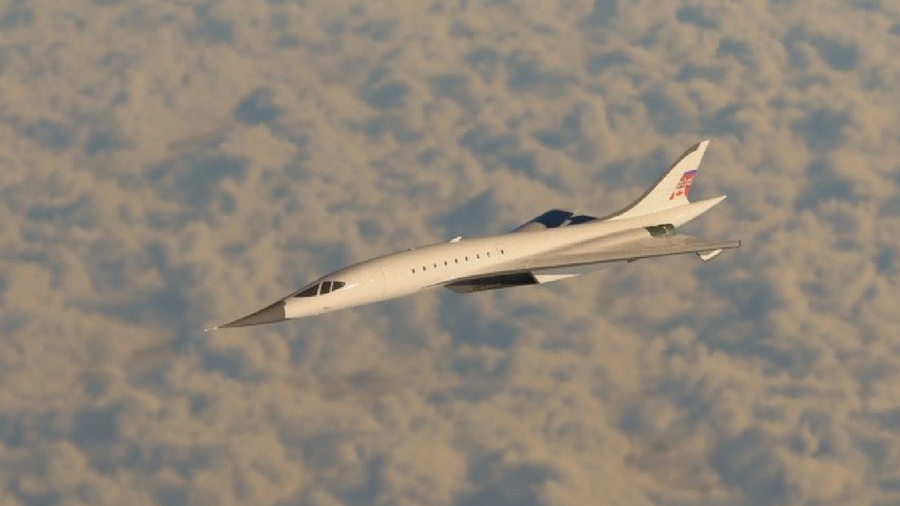
Cygnus M3
Anything with a mooted top speed of Mach 3 – that’s 2,000 mph – is going to get attention, but the Cygnus M3 is only a concept at this stage. Theoretically capable of travelling between London and New York in a stunning two hours, and between Los Angeles and Hong Kong in just four hours, the Cygnus M3 is the brainchild of Tom J Design.
Cruising at Mach 2.8, this small supersonic airline would carry 32 passengers, and, unlike most of the concepts here, the designers have even worked out the cost of a ticket: it’s reckoned a return flight from Hong Kong to Los Angeles would cost around US$3,400 at late 2016 jet fuel prices.
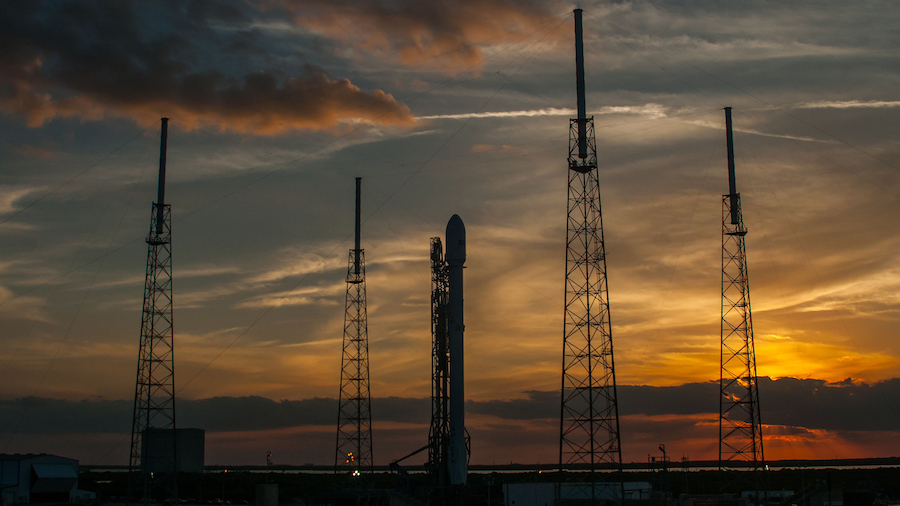
SpaceX’s suborbital transporter
All these supersonic aircraft are impressive, but in the future they could be left in the dust by sub-orbital trips on rockets. SpaceX is currently developing its Falcon Heavy rocket, the main purpose of which is to leave Earth's orbit altogether on deep-space missions, but it could also have some novel uses as a sub-orbital city-hopper.
SpaceX CEO Elon Musk has talked up the possibility of launching its massive rocket from pads floating at sea near major cities, with it blasting into orbit at 18,000 miles per hour before returning to a different city. The potential journey times are super-short: Hong Kong to Singapore in 22 minutes, New York to Shanghai in 39 minutes, and London to Dubai or New York in 29 minutes. In fact, says Musk, these sub-orbital trips could whisk passengers between any two points on Earth in 45 minutes.
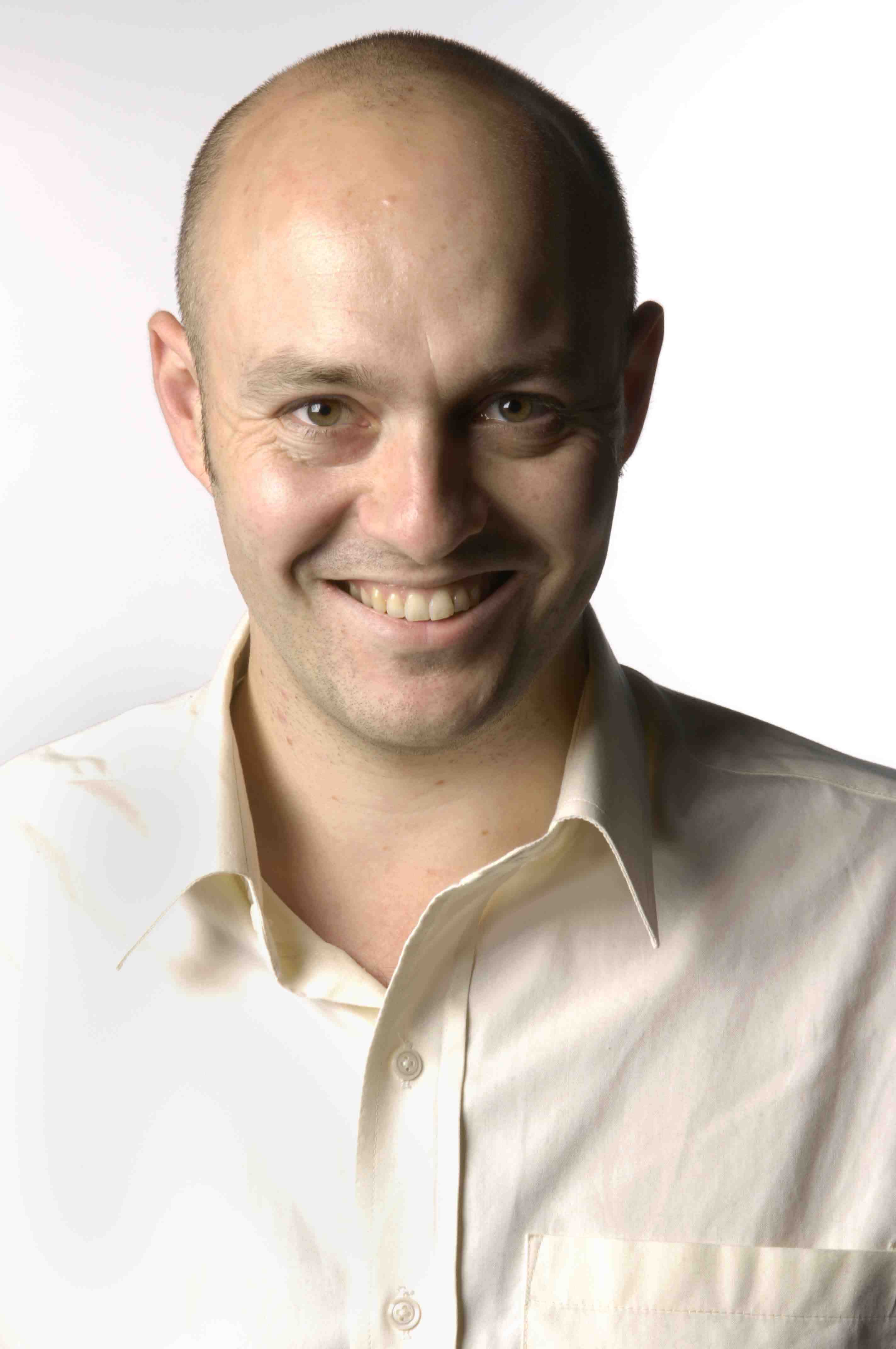
Jamie is a freelance tech, travel and space journalist based in the UK. He’s been writing regularly for Techradar since it was launched in 2008 and also writes regularly for Forbes, The Telegraph, the South China Morning Post, Sky & Telescope and the Sky At Night magazine as well as other Future titles T3, Digital Camera World, All About Space and Space.com. He also edits two of his own websites, TravGear.com and WhenIsTheNextEclipse.com that reflect his obsession with travel gear and solar eclipse travel. He is the author of A Stargazing Program For Beginners (Springer, 2015),